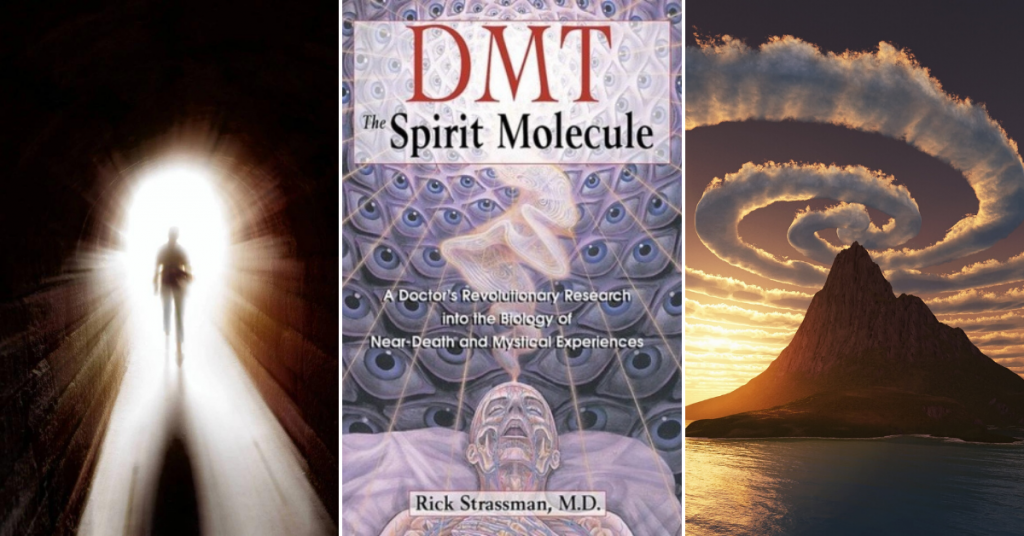Ketamine psychotherapy for heroin addiction: immediate effects and two-year follow-up
Abstract
Seventy detoxified heroin-addicted patients were randomly assigned to one of two groups receiving ketamine psychotherapy (KPT) involving two different doses of ketamine. The patients of the experimental group received existentially oriented psychotherapy in combination with a hallucinogenic (“psychedelic”) dose of ketamine (2.0 mg/kg im). The patients of the control group received the same psychotherapy combined with a low, non-hallucinogenic (non-psychedelic), dose of ketamine (0.2 mg/kg im). Both the psychotherapist and patient were blind to the dose of ketamine. The therapy included preparation for the ketamine session, the ketamine session itself, and the post session psychotherapy aimed to help patients to integrate insights from their ketamine session into everyday life. The results of this double blind randomized clinical trial of KPT for heroin addiction showed that high dose (2.0 mg/kg) KPT elicits a full psychedelic experience in heroin addicts as assessed quantitatively by the Hallucinogen Rating Scale. On the other hand, low dose KPT (0.2 mg/kg) elicits “sub-psychedelic” experiences and functions as ketamine-facilitated guided imagery. High dose KPT produced a significantly greater rate of abstinence in heroin addicts within the first two years of follow-up, a greater and longer-lasting reduction in craving for heroin, as well as greater positive change in nonverbal unconscious emotional attitudes than did low dose KPT.
Krupitsky, E., Burakov, A., Romanova, T., Dunaevsky, I., Strassman, R., & Grinenko, A. (2002). Ketamine psychotherapy for heroin addiction: immediate effects and two-year follow-up. Journal of substance abuse treatment, 23(4), 273-283. http://dx.doi.org/10.1016/S0740-5472(02)00275-1
Link to full text
Ketamine psychotherapy for heroin addiction: immediate effects and two-year follow-up Read More »

 The sensationalism surrounding the widespread use of LSD in the late 60s and the subsequent legislative overkill virtually ended psychotherapeutic LSD research. Much of what had been learned over thirty years of scientific medical study was so distorted or suppressed that no objective overview was available to the general reader – except for this book. LSD Psychotherapy is a complete account of a remarkable chapter in the ever-continuing inquiry into our transpersonal nature and origins. The controlled studies described in this book reveal exciting and challenging data about the nature of human consciousness, perception, and reality itself. Drawing on this work Dr. Stanislav Grof outlines a new cartography of the human mind, one which accounts for experiences such as shamanic trance, near-death experiences and altered states of consciousness. This vision is also the foundation for Dr. Grof’s revolutionary new Holotropic Breathwork™ techniques. This book is also a visual feast, with numerous color drawings and paintings created by research participants (see featured artist Sherana Harriette Frances’ book Drawing It Out: Befriending the Unconscious). Many of these depict archetypal images from the collective human consciousness, which form a powerful addition to the text. LSD Psychotherapy is a valuable source of information for those who are involved with LSD in any way, as parents, teachers, researchers, legislators, or students of the human psyche. The approach to healing described in this book is inspired by the eternal desire of humankind for wholeness and an enduring grasp of reality.
The sensationalism surrounding the widespread use of LSD in the late 60s and the subsequent legislative overkill virtually ended psychotherapeutic LSD research. Much of what had been learned over thirty years of scientific medical study was so distorted or suppressed that no objective overview was available to the general reader – except for this book. LSD Psychotherapy is a complete account of a remarkable chapter in the ever-continuing inquiry into our transpersonal nature and origins. The controlled studies described in this book reveal exciting and challenging data about the nature of human consciousness, perception, and reality itself. Drawing on this work Dr. Stanislav Grof outlines a new cartography of the human mind, one which accounts for experiences such as shamanic trance, near-death experiences and altered states of consciousness. This vision is also the foundation for Dr. Grof’s revolutionary new Holotropic Breathwork™ techniques. This book is also a visual feast, with numerous color drawings and paintings created by research participants (see featured artist Sherana Harriette Frances’ book Drawing It Out: Befriending the Unconscious). Many of these depict archetypal images from the collective human consciousness, which form a powerful addition to the text. LSD Psychotherapy is a valuable source of information for those who are involved with LSD in any way, as parents, teachers, researchers, legislators, or students of the human psyche. The approach to healing described in this book is inspired by the eternal desire of humankind for wholeness and an enduring grasp of reality. From 1990 to 1995 Dr. Rick Strassman conducted U.S. Government-approved and funded clinical research at the University of New Mexico in which he injected sixty volunteers with DMT, one of the most powerful psychedelics known. His detailed account of those sessions is an extraordinarily riveting inquiry into the nature of the human mind and the therapeutic potential of psychedelics. DMT, a plant-derived chemical found in the psychedelic Amazon brew, ayahuasca, is also manufactured by the human brain. In Strassman’s volunteers, it consistently produced near-death and mystical experiences. Many reported convincing encounters with intelligent nonhuman presences, aliens, angels, and spirits. Nearly all felt that the sessions were among the most profound experiences of their lives.
From 1990 to 1995 Dr. Rick Strassman conducted U.S. Government-approved and funded clinical research at the University of New Mexico in which he injected sixty volunteers with DMT, one of the most powerful psychedelics known. His detailed account of those sessions is an extraordinarily riveting inquiry into the nature of the human mind and the therapeutic potential of psychedelics. DMT, a plant-derived chemical found in the psychedelic Amazon brew, ayahuasca, is also manufactured by the human brain. In Strassman’s volunteers, it consistently produced near-death and mystical experiences. Many reported convincing encounters with intelligent nonhuman presences, aliens, angels, and spirits. Nearly all felt that the sessions were among the most profound experiences of their lives.